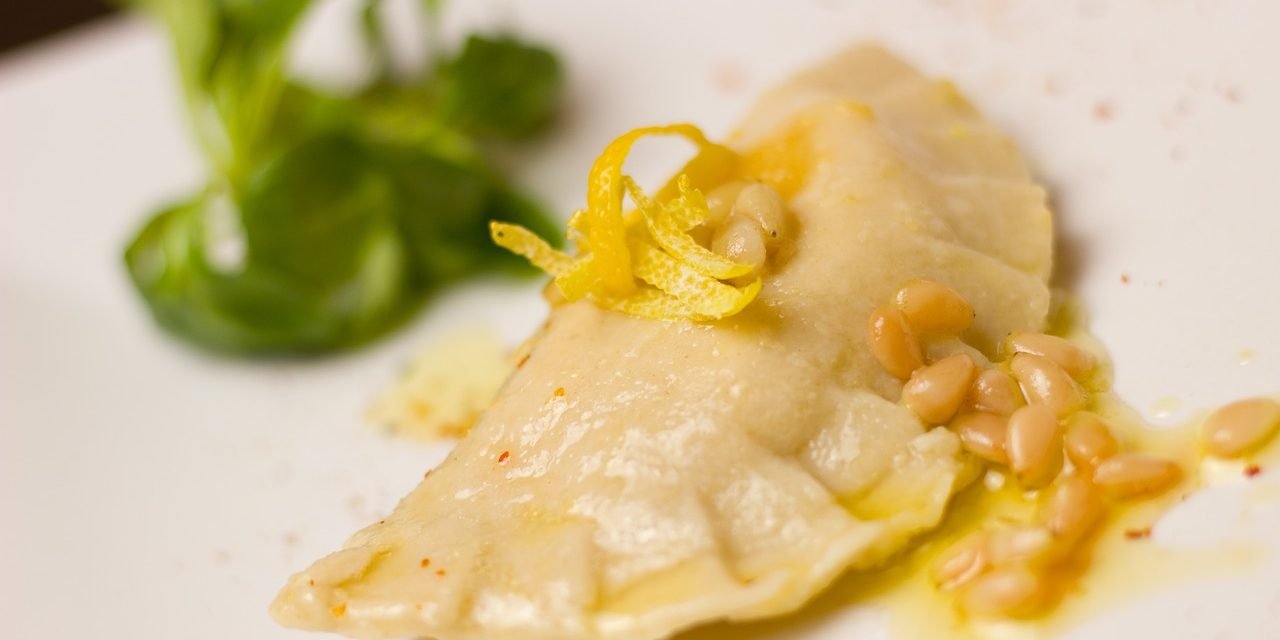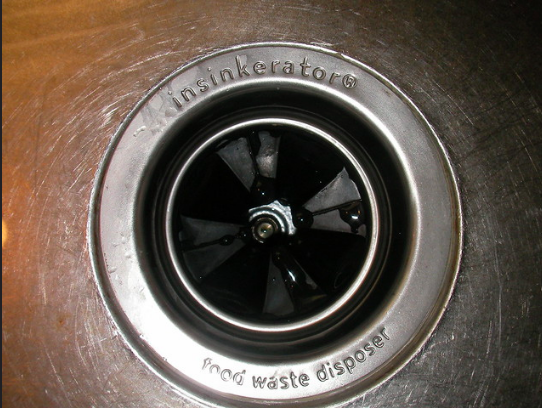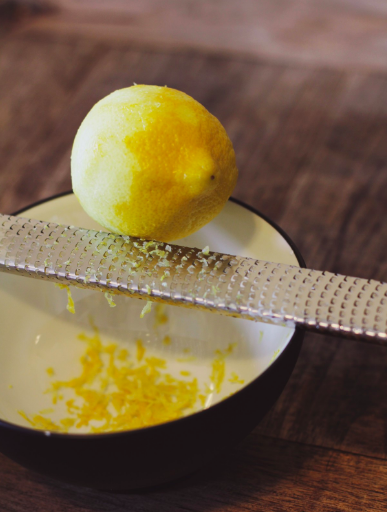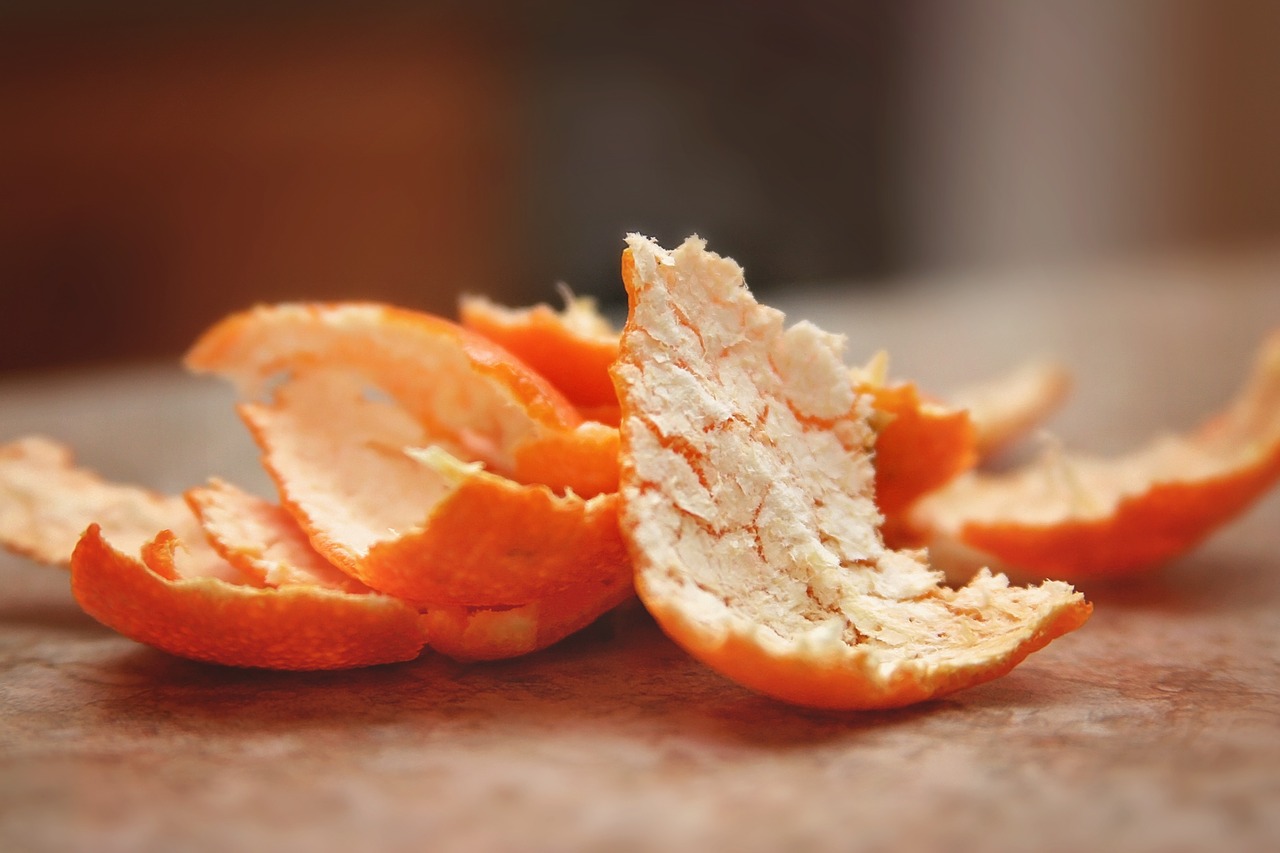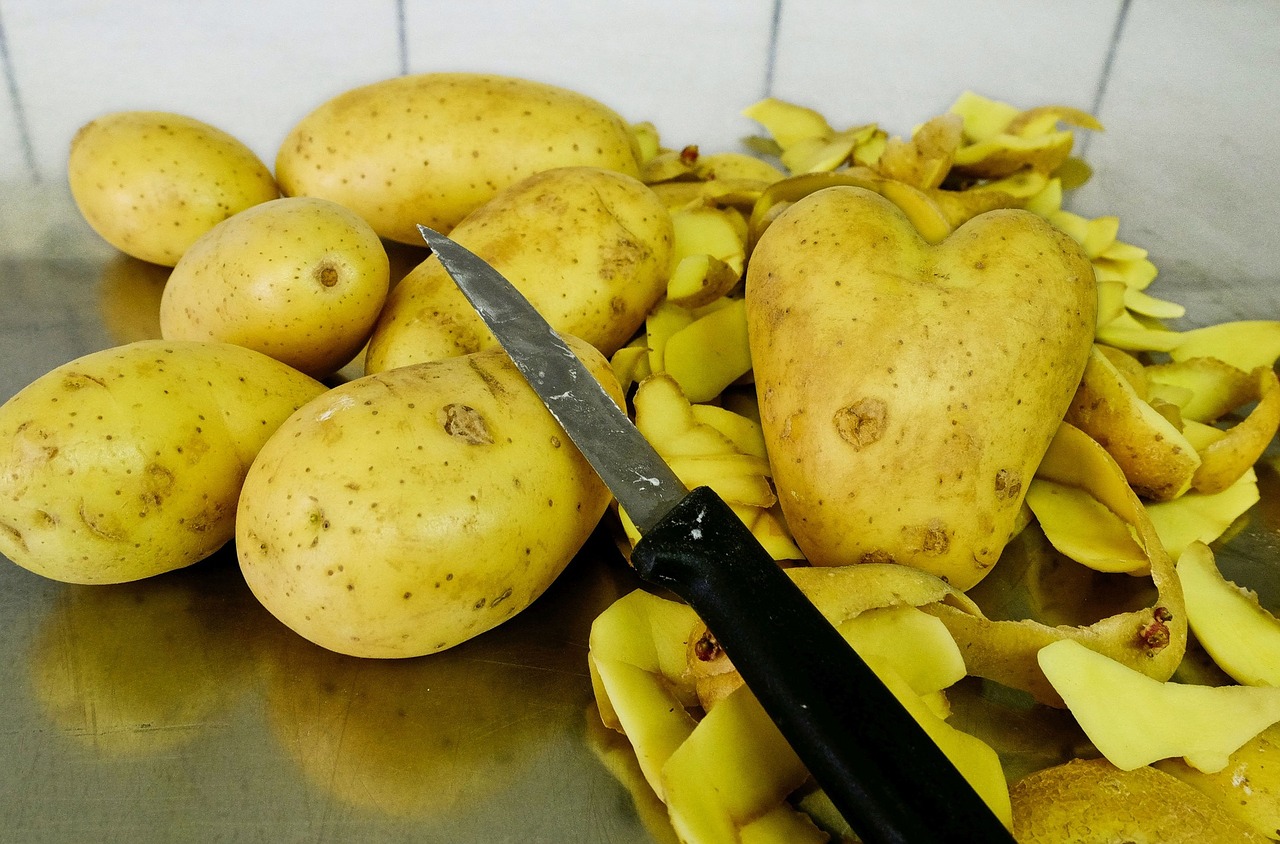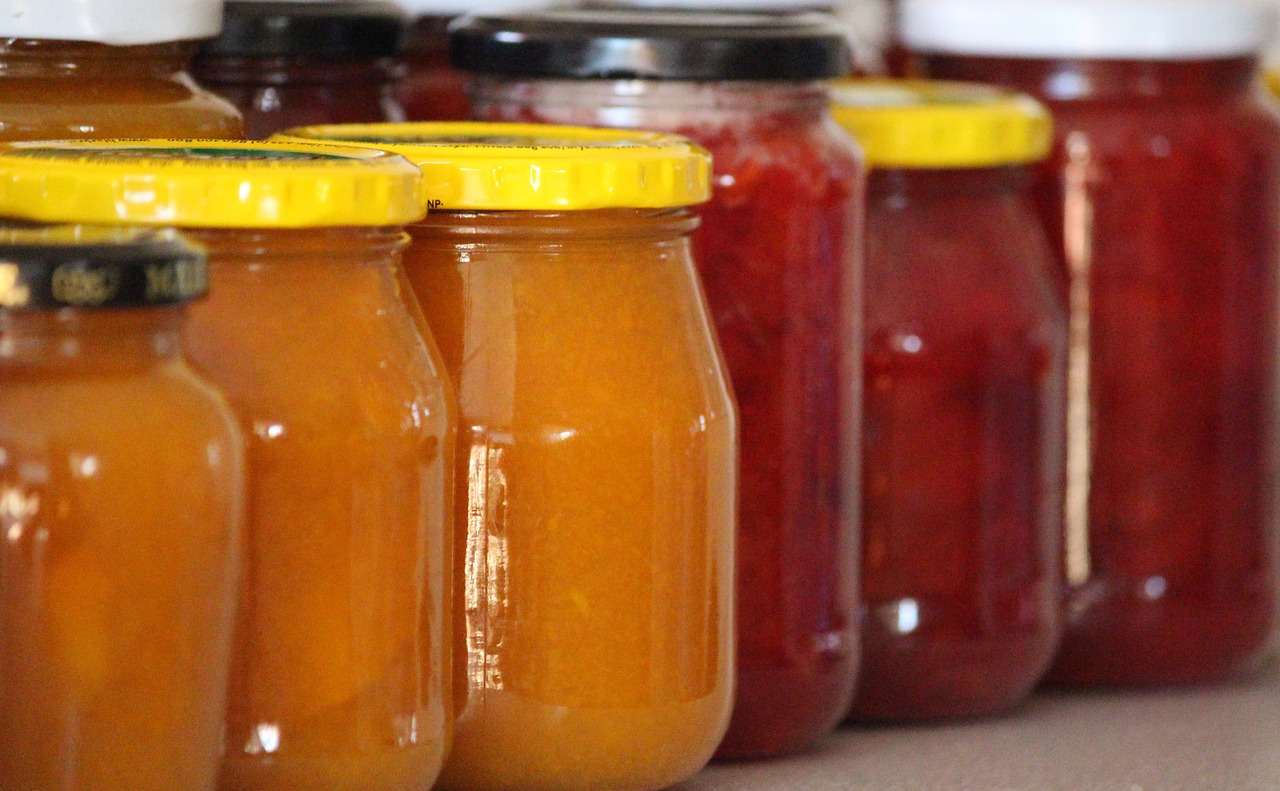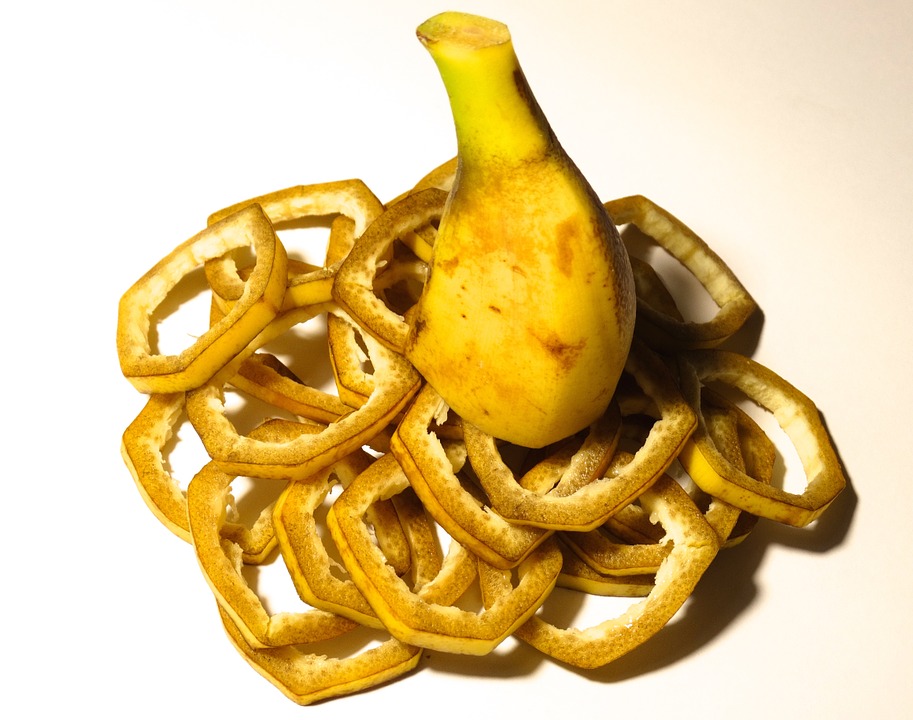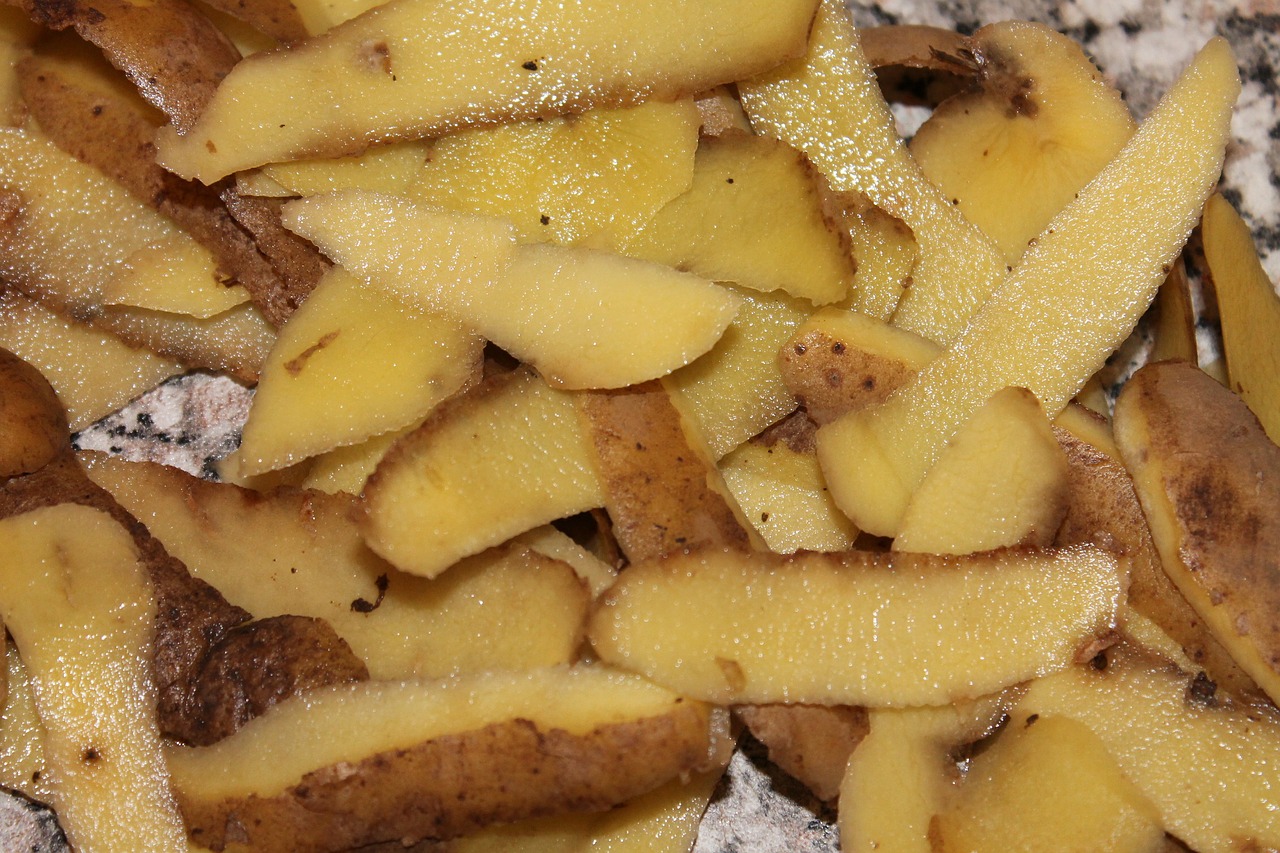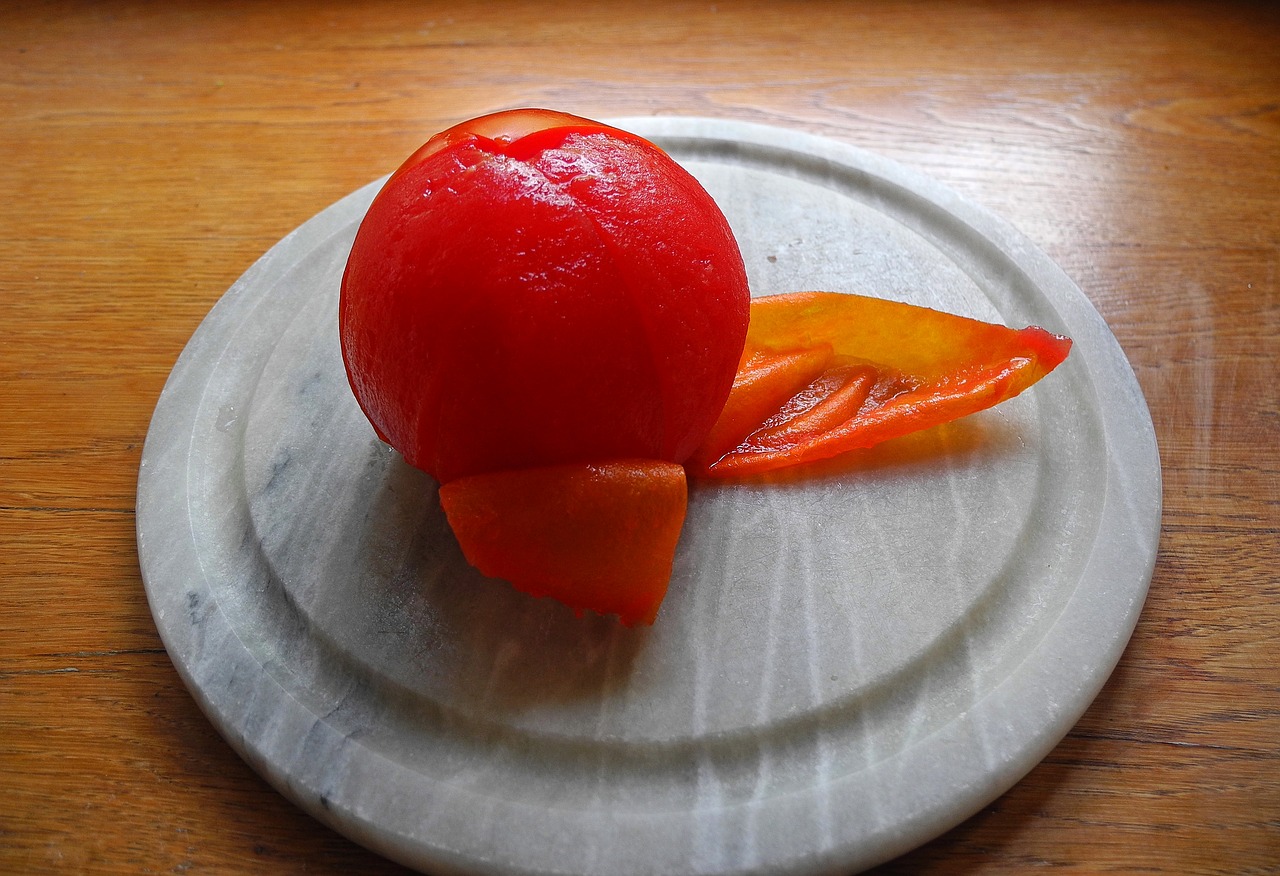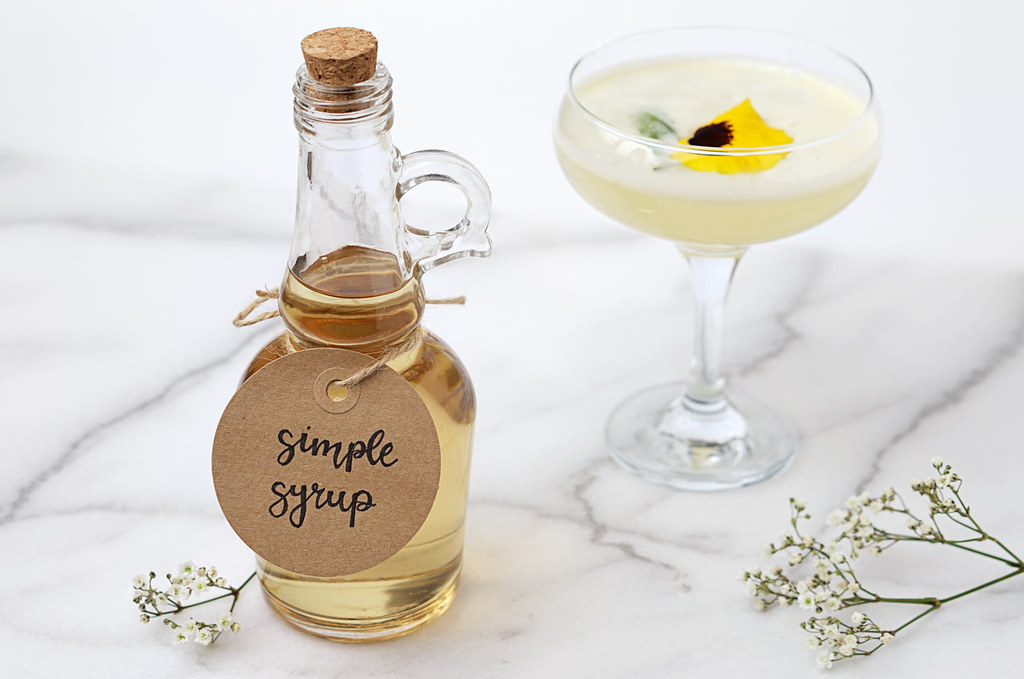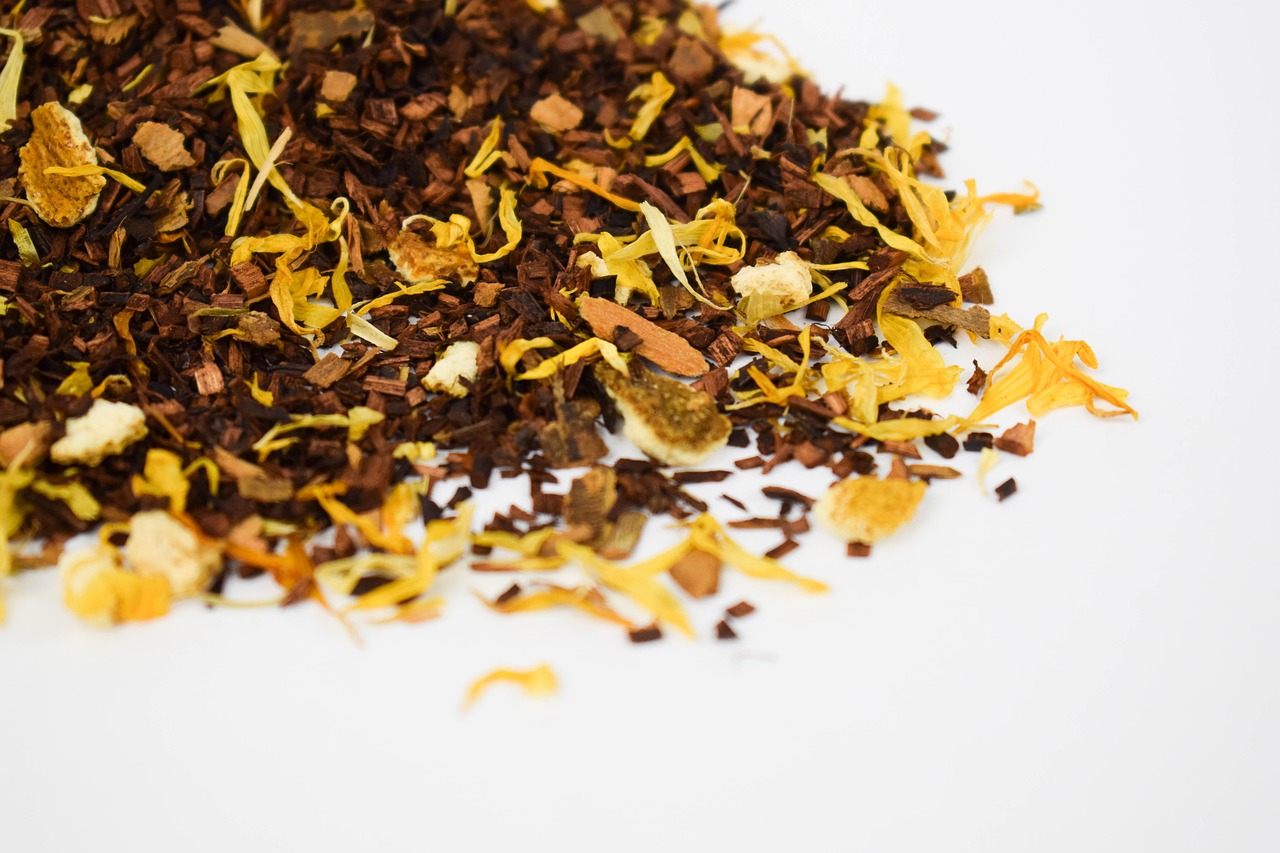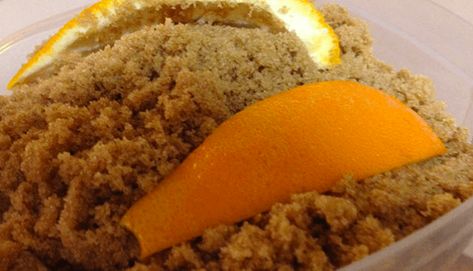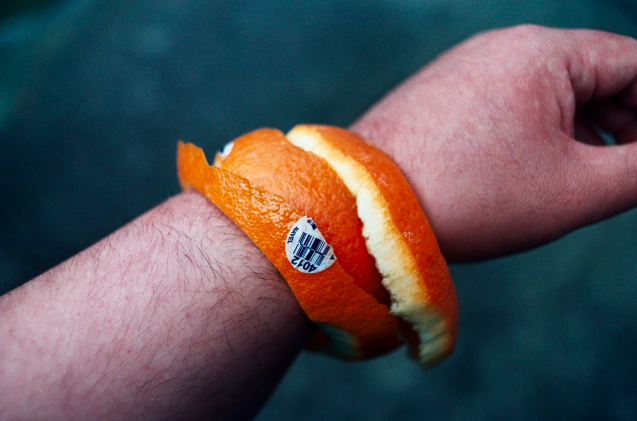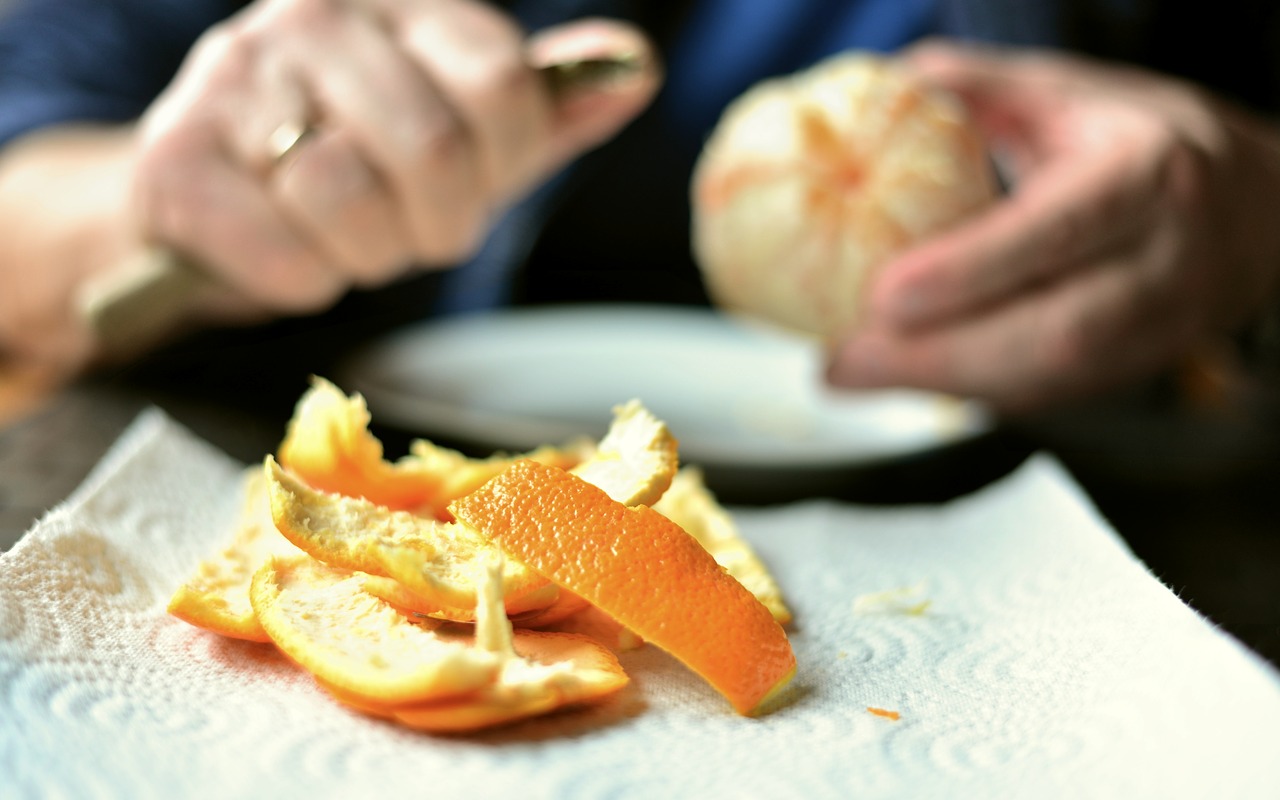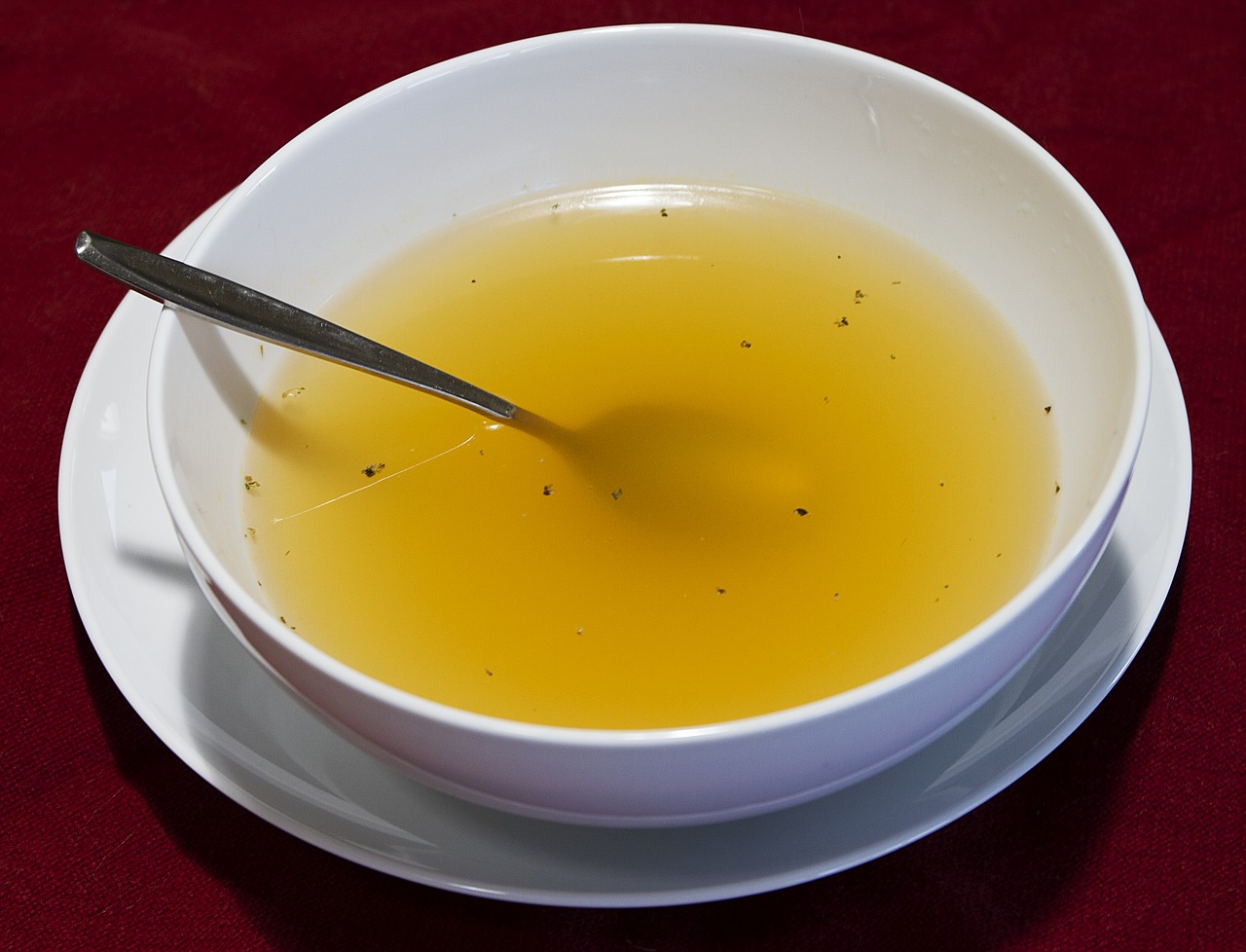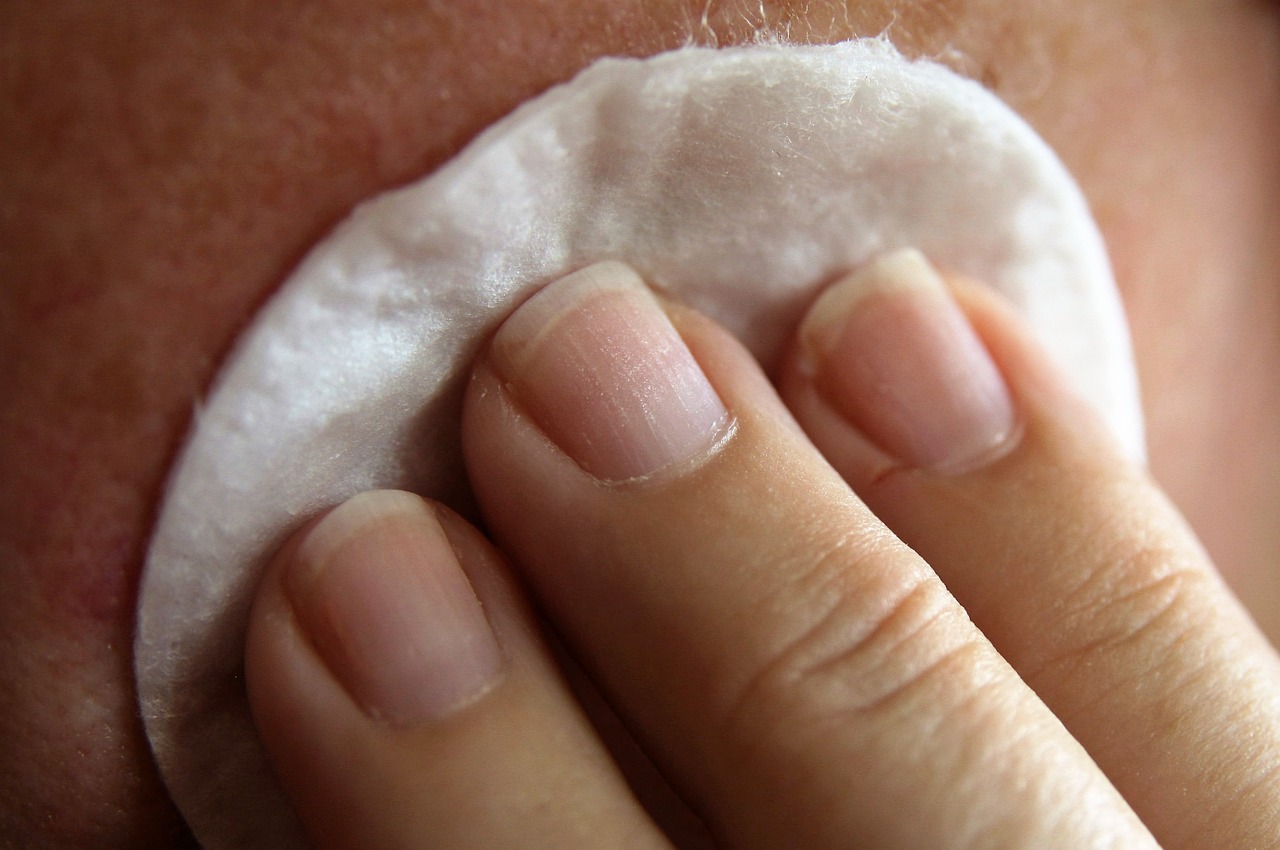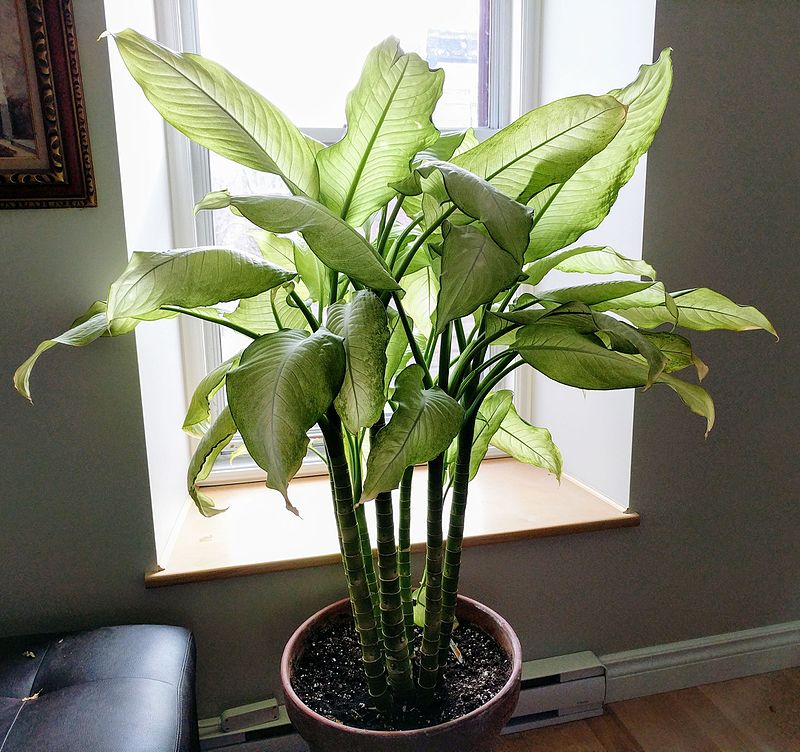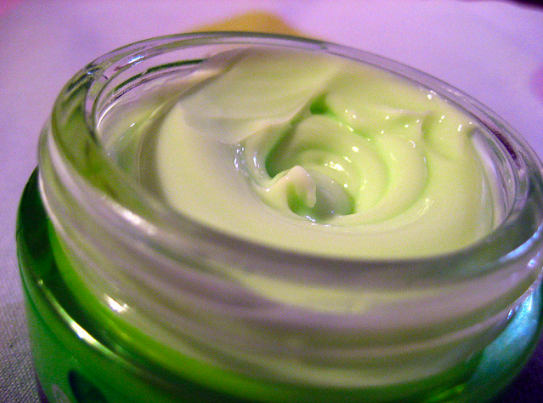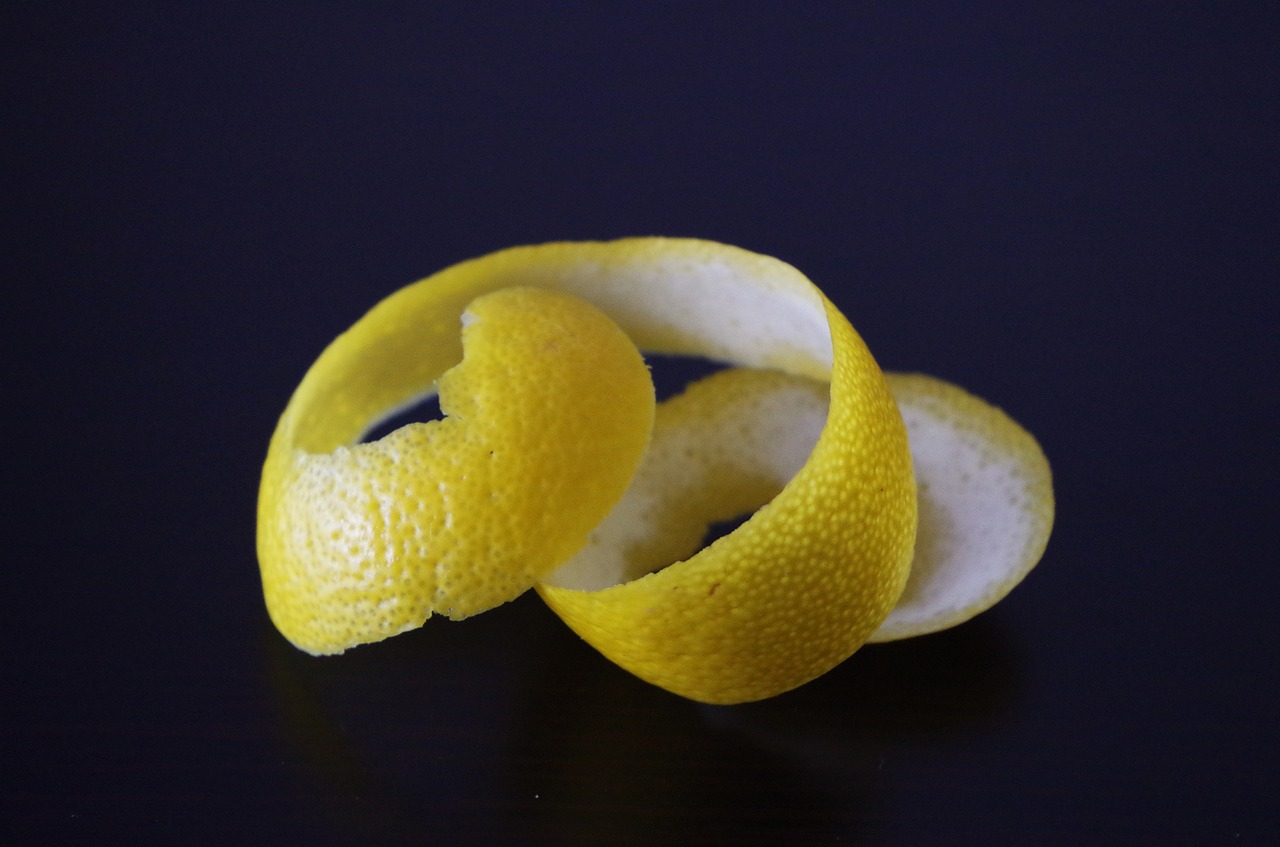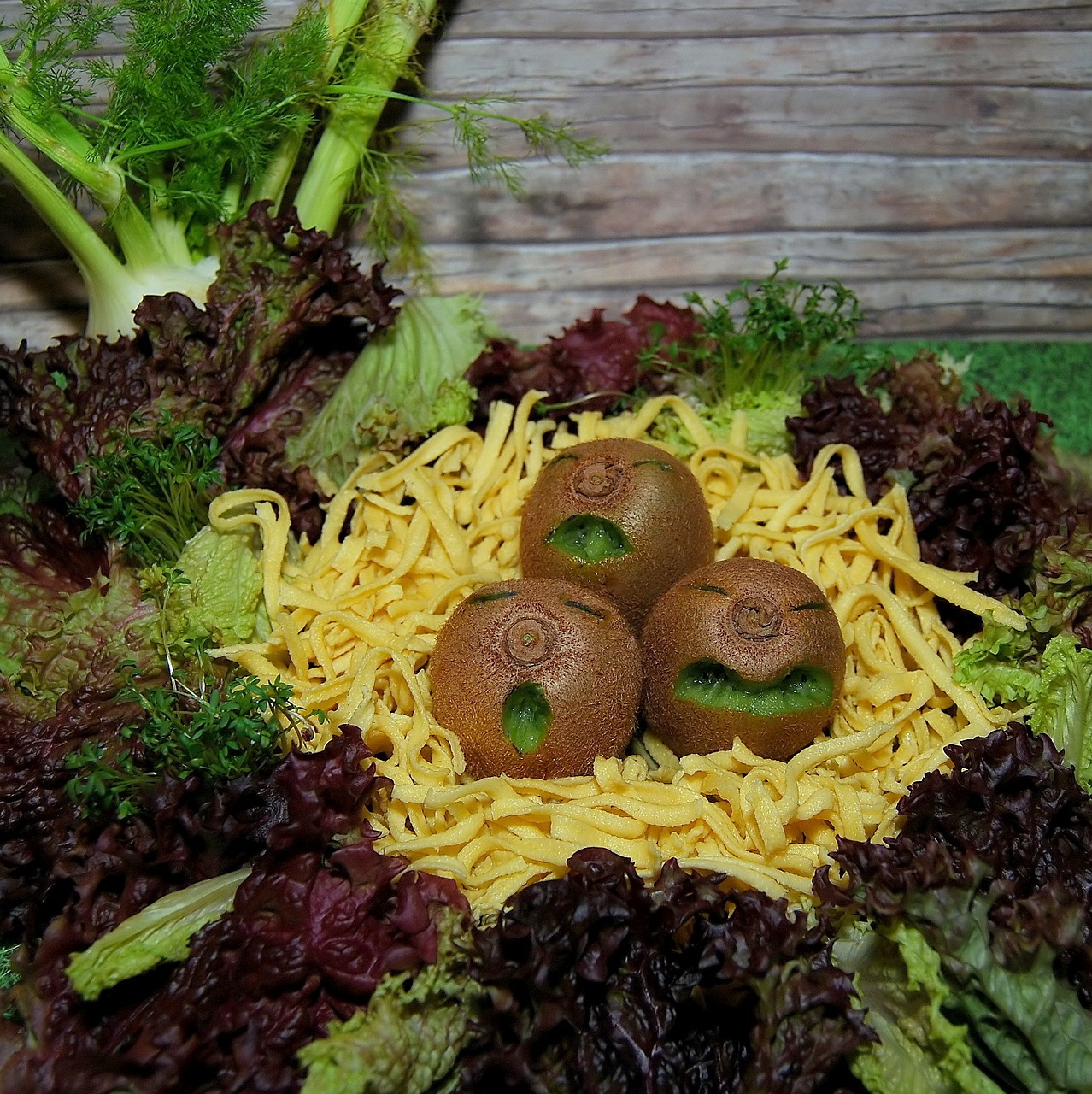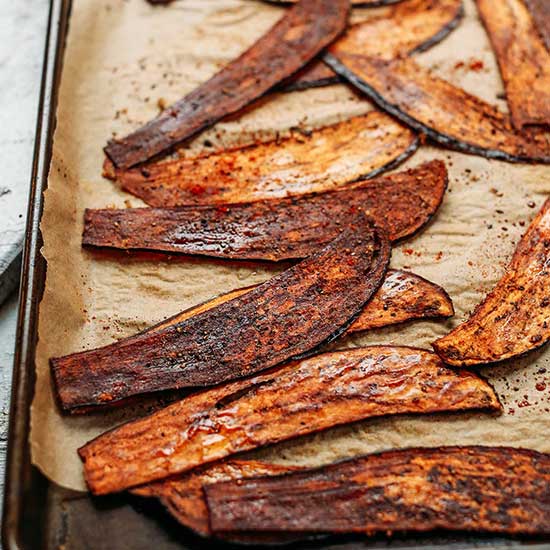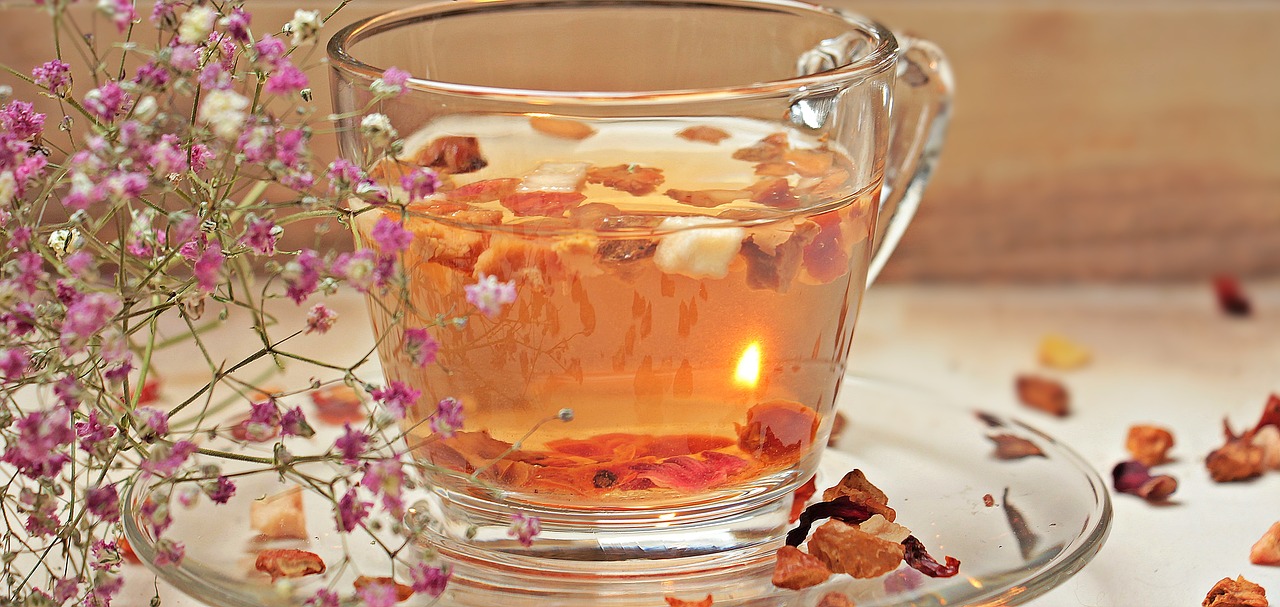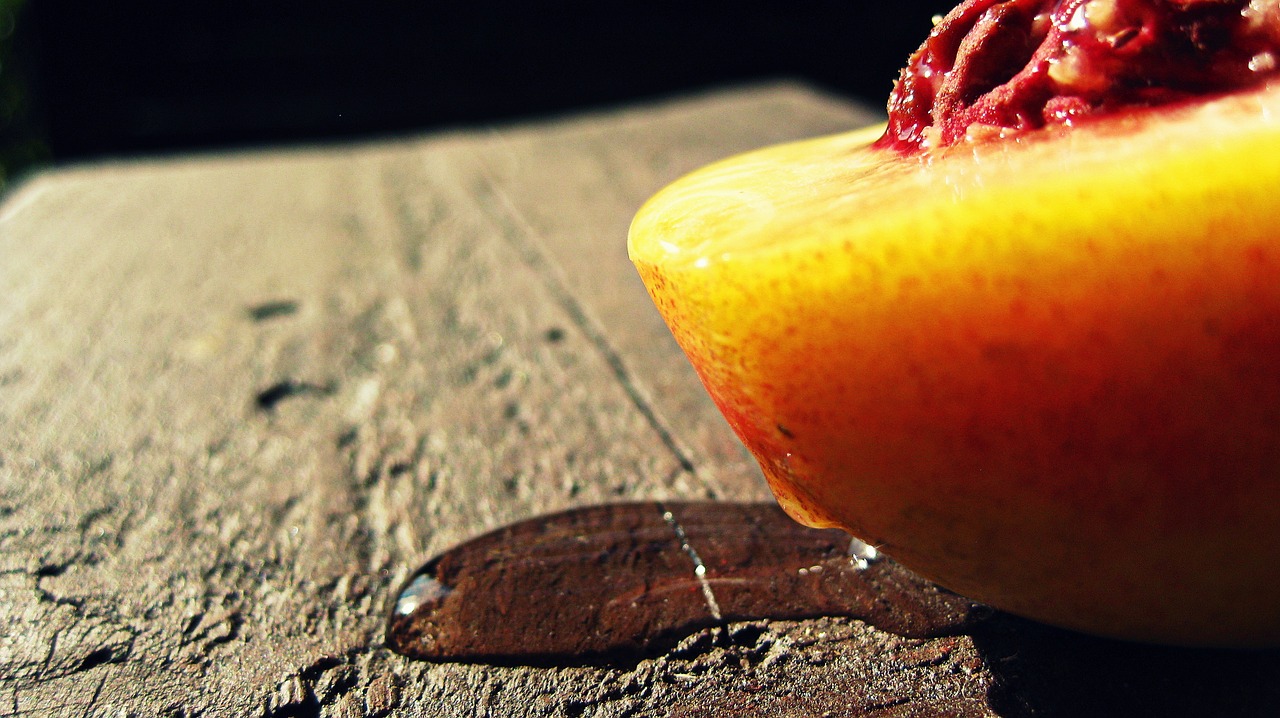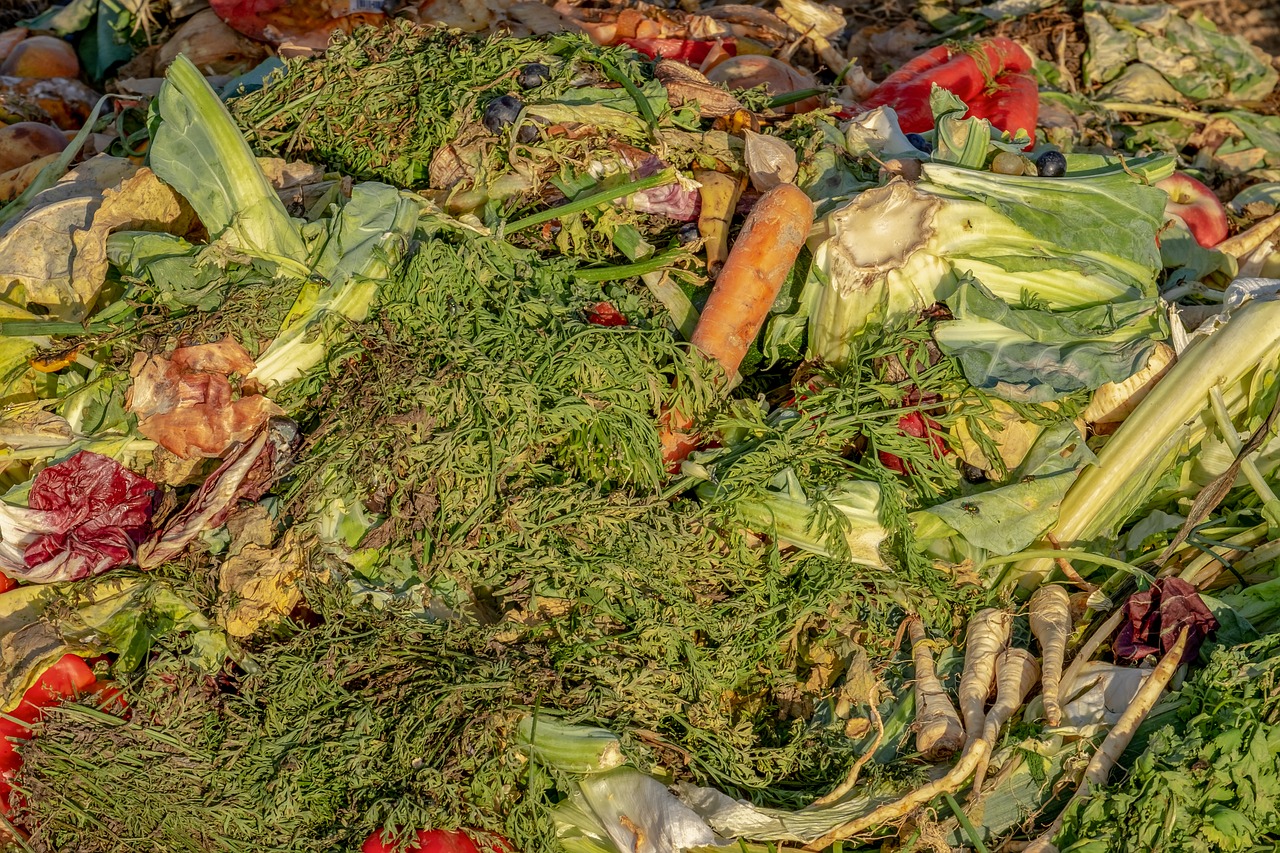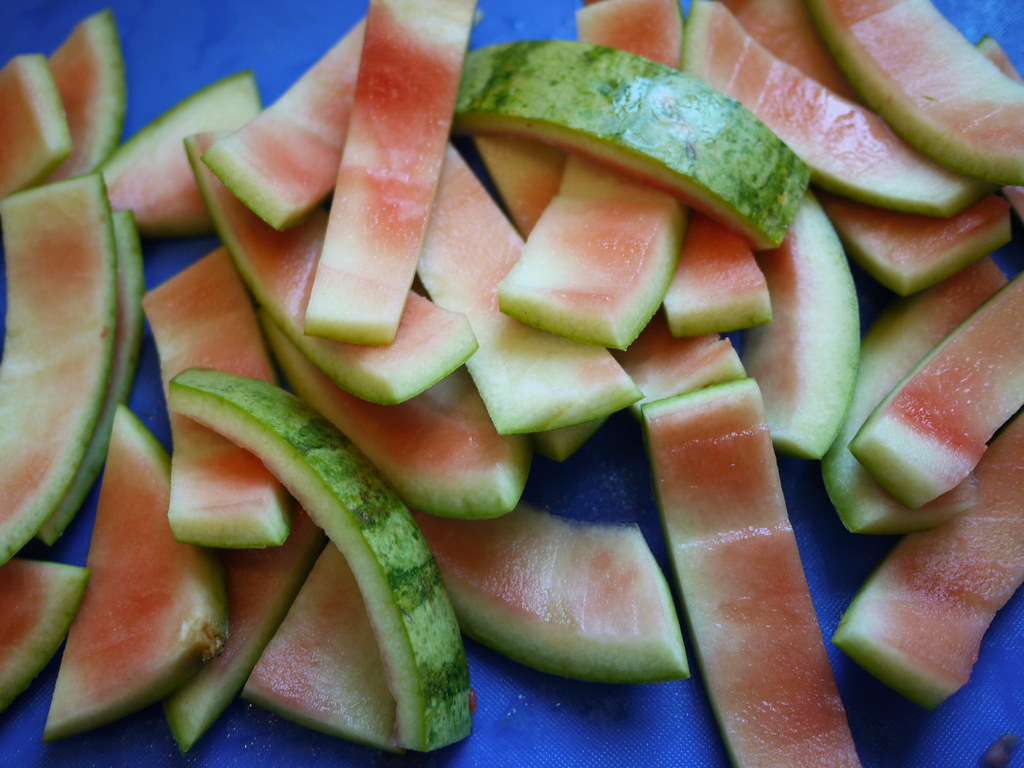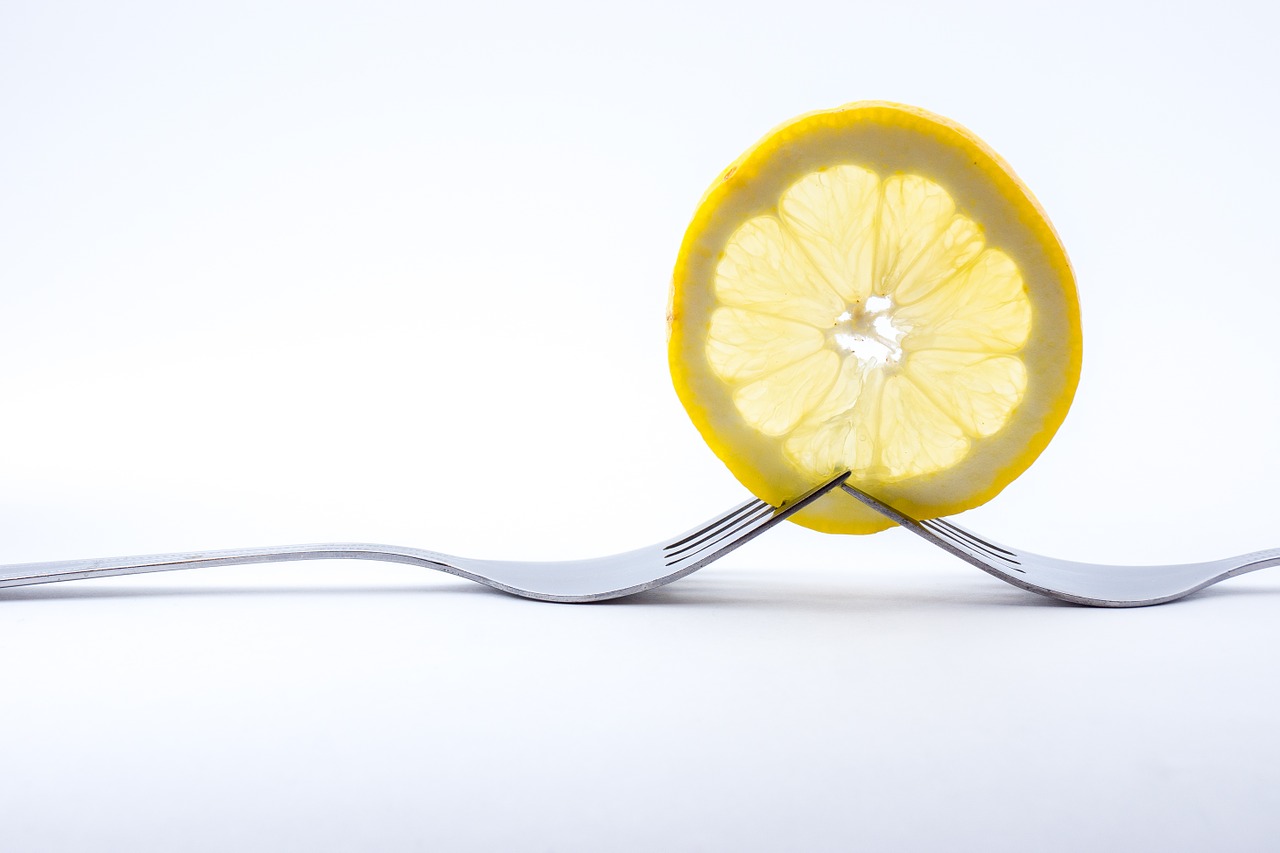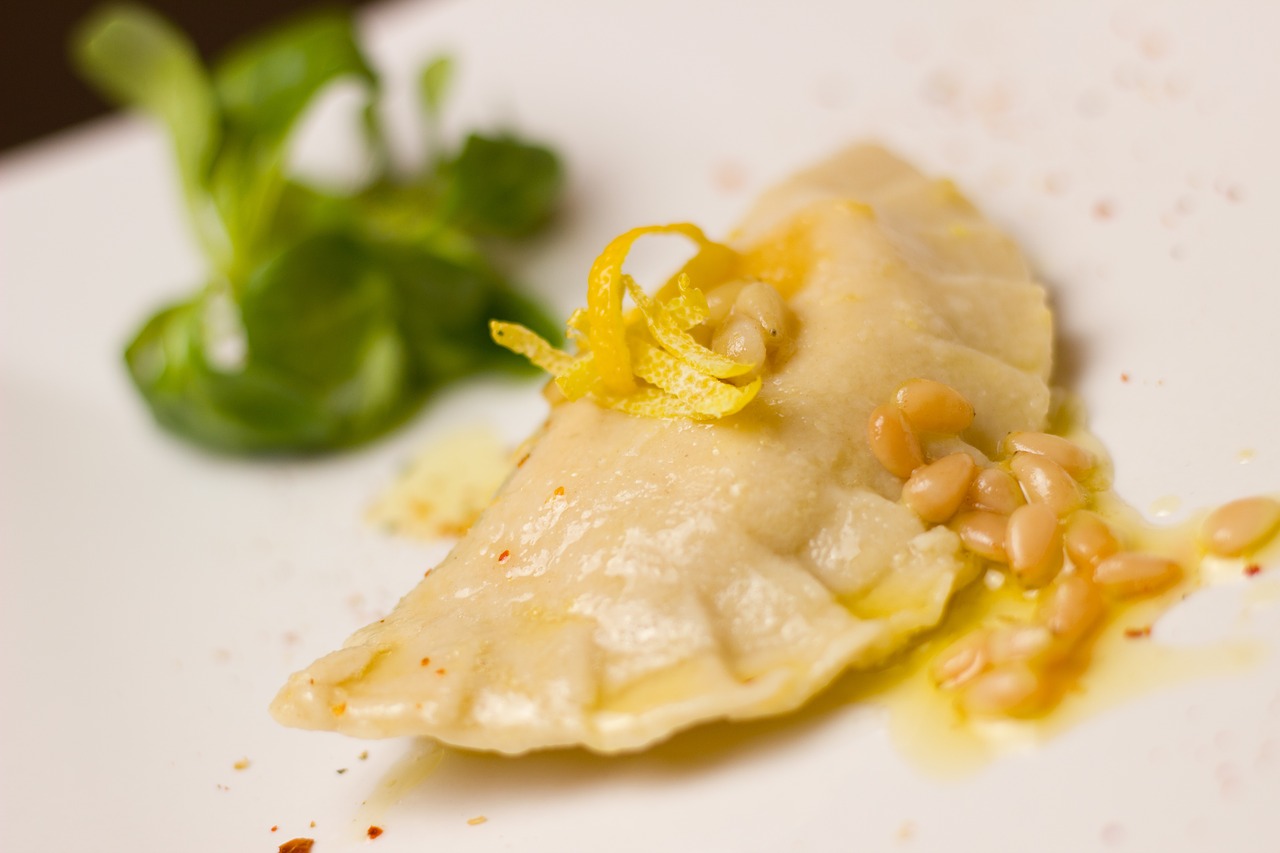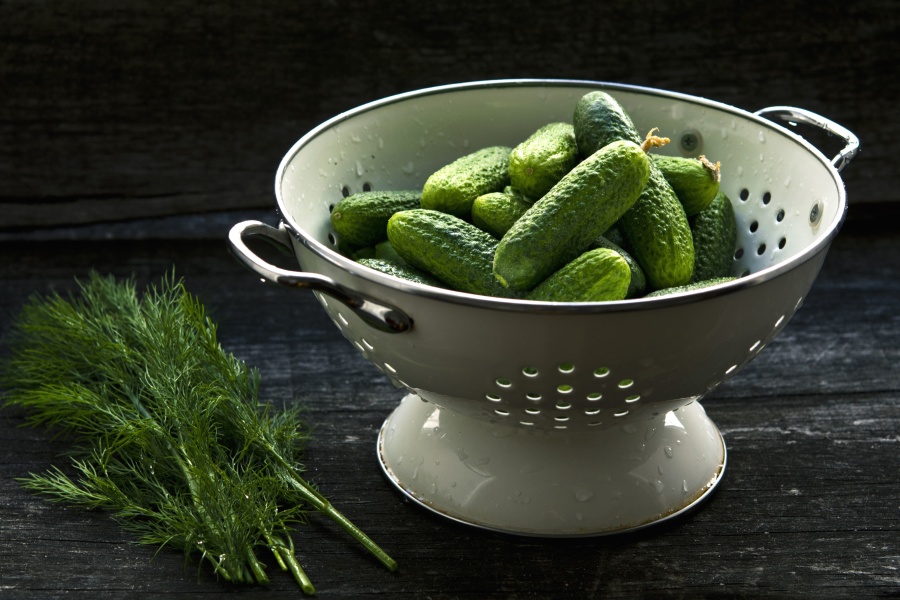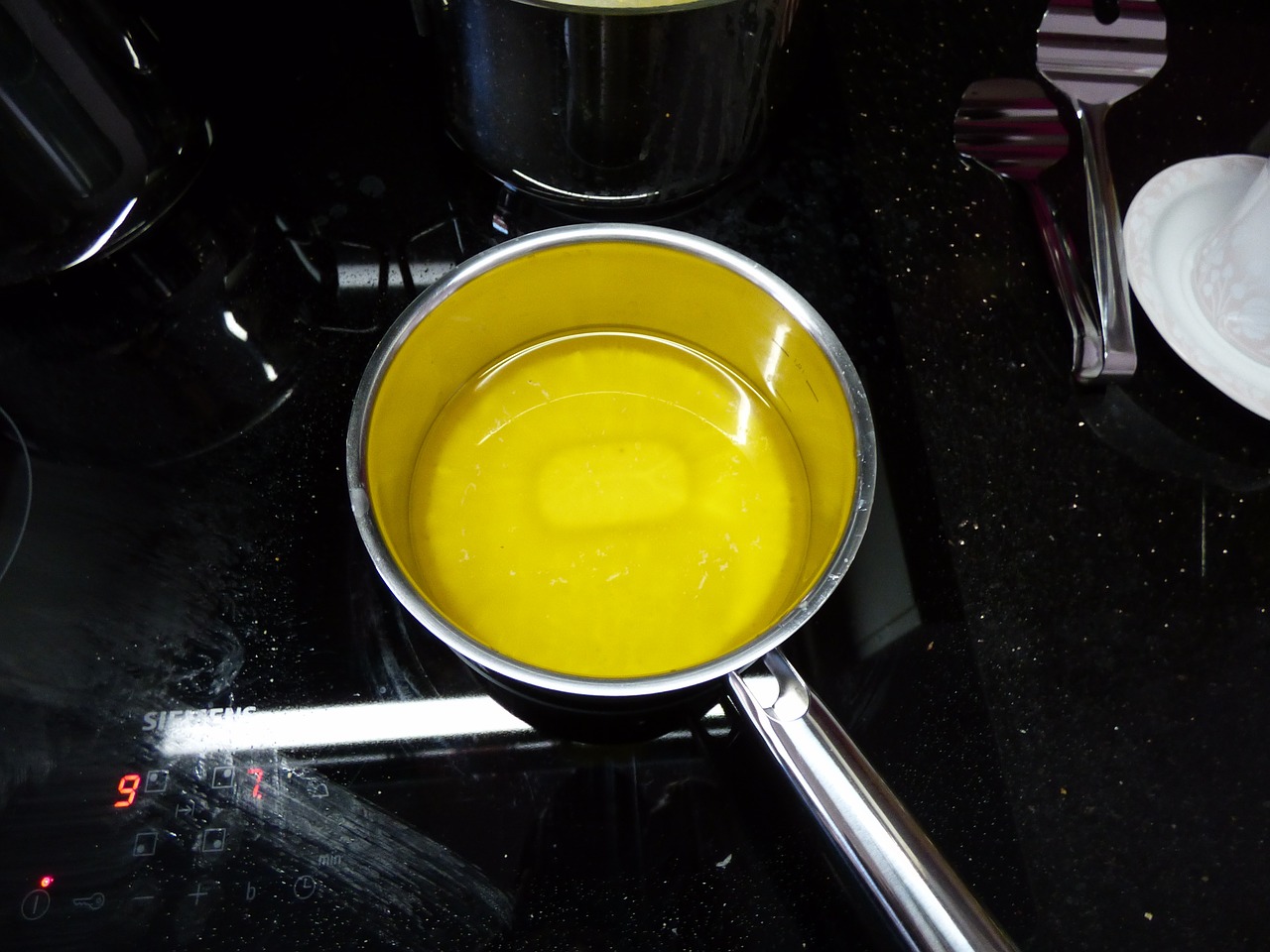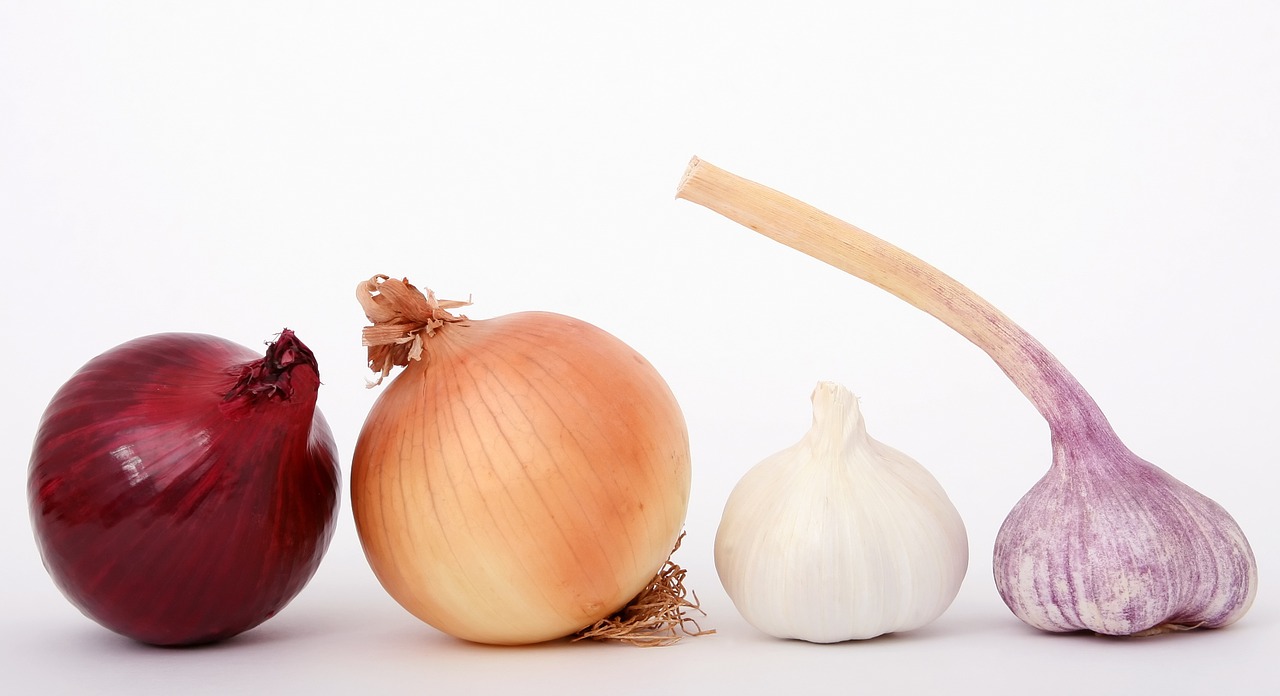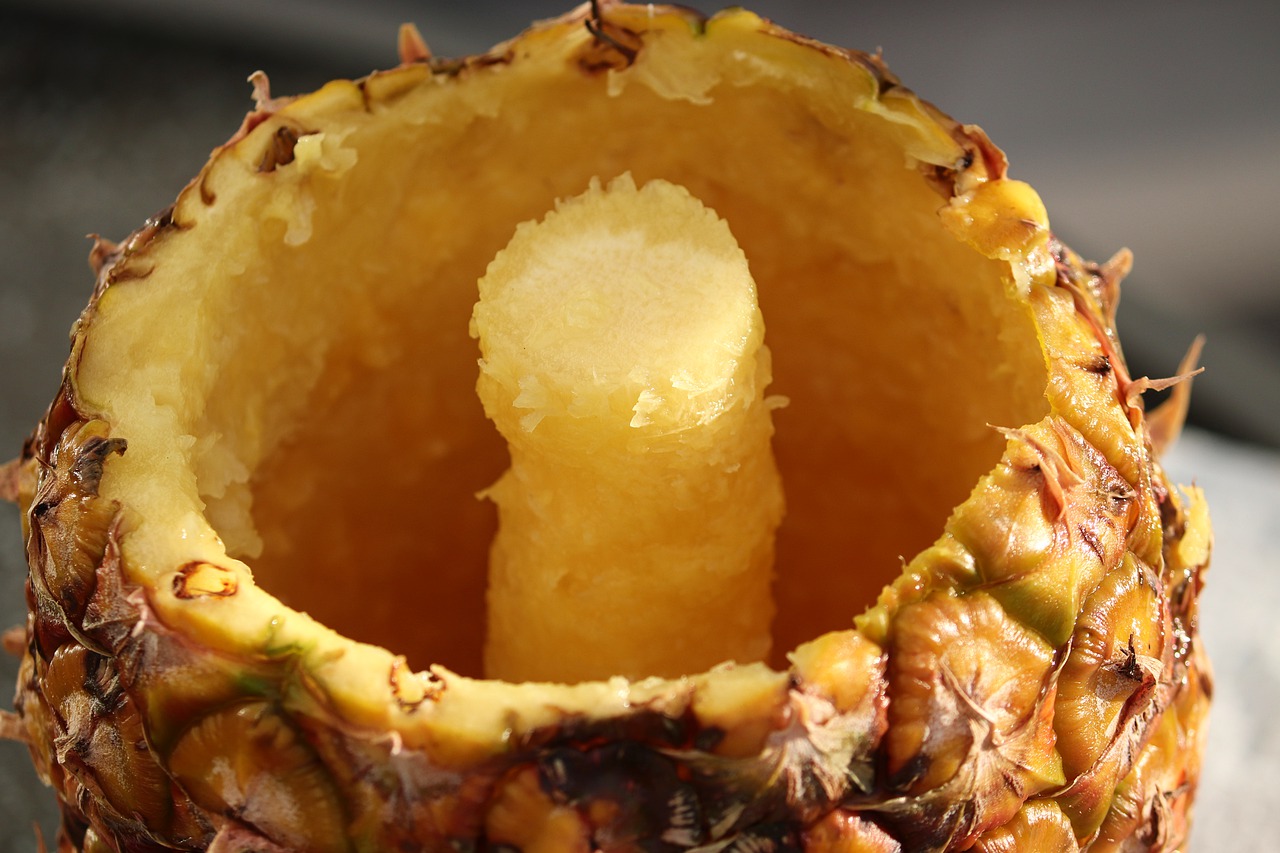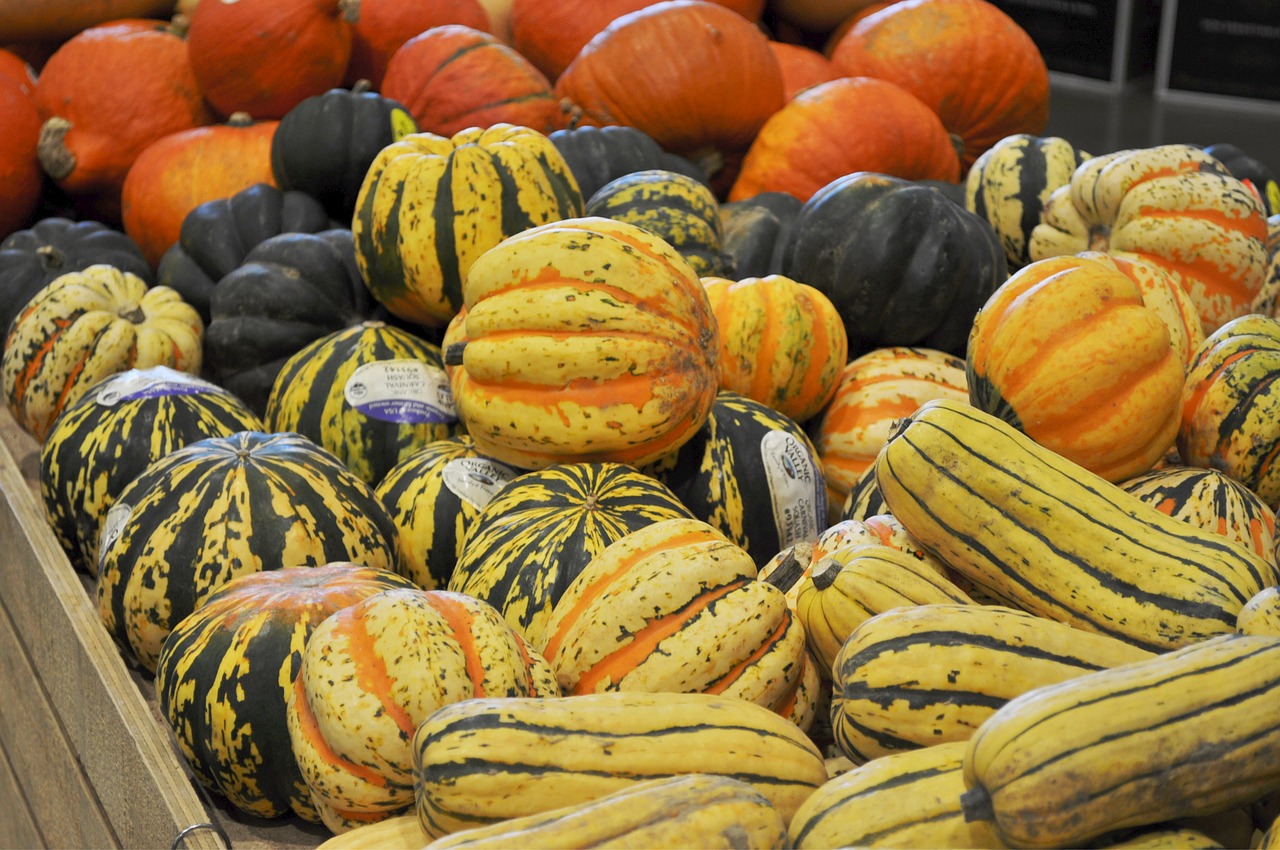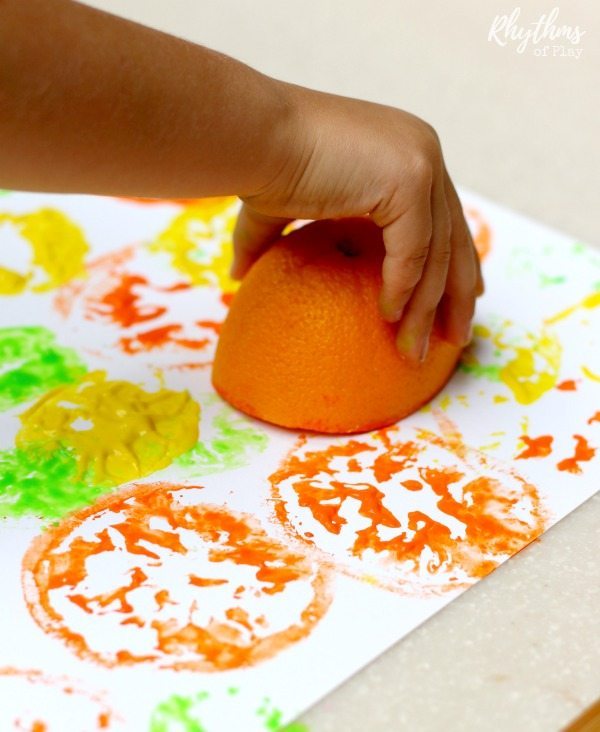Although fruit skins are not all edible, most of the nutrients of fruits are in it. Just because we can’t eat it doesn’t mean that it is useless.
We’ve found 40 smart ways for you to use these fruit skins that you’ll be surprised to know and regret all the skins that have been going into the trash for all this time! But keep in mind that you should always thoroughly wash and clean them first.
1. Make a face scrub
If you walk down the aisle at any beauty supply store, you’ll see face masks boasting natural ingredients found in fruits and vegetables. But why not just go right to the source?Most nutrients are in the peels of these foods anyway, so why not just blend them up and apply? Ingredients like yogurt, honey, sugar, or aloe can be added for texture.
Just make sure you don’t use anything that can stain your skin. This is not the time to reuse your beet skins!
For some great ideas on how to make fruit peel masks at home, click here.
2. Deodorize your disposal
Ever get a funky smell emanating from your garbage disposal? It happens to the best of us!One great way to make use of citrus peels is to grind them up in there a few times a week. This cleans off the steel blades AND helps neutralize odors.
3. Dry lemon peel for seasoning
Lemon peel packs a great punch and we love it zested over our veggies.Next time you need to squeeze a lemon (such as when life hands them to you and you’re making your lemonade), be sure to save and dry those leftover peels. Dried lemon peel can be mixed with all sorts of herbs and spices to make a great rub, seasoning, or even a tea.
Here are some instructions for making your own lemon pepper seasoning.
4. Wipe away water stains with orange peel
Ever get stubborn water stains on your kitchen sink? Next time you squeeze some fresh orange juice, use the remaining pithy peel as an all natural sponge to get rid of those marks.As a bonus, you’ll leave behind a nice, fresh scent!
5. Potato peel chips
Potato skins have most of a potato’s fiber as well as many other nutrients. Next time you peel one, be sure not to toss the skins and instead use them to make chips for a high-fiber snack.Just toss them with olive oil, salt, and pepper, then spread them on a baking sheet and bake at 400 degrees for about 15 minutes or until crispy. See this video for more.
Now you have a high-fiber potato chip. Bet you can’t eat just one!
6. Apple peel jelly
If you use apples for pie or applesauce, chances are you’ve got a whole lot of apple peel left over.Next time this happens, don’t throw them (or the cores!) away but try making some “apple scrap jelly” instead.
All you need is some water, sugar, and lemon juice and you’re ready to go. The Spruce Eats has detailed instructions here.
7. Just eat it
If all the good stuff is in the peel or rind, you might just consider finding a way to make it more palatable.Things like apples and potatoes probably won’t make you balk, but you may not be excited about chowing down on an orange or banana peel or a watermelon rind. Nevertheless, there are ways to make it work. You can dry them, fry them, mince them, or even wait until something is super ripe and the peel becomes soft enough to eat.
Or if you’re a smoothie fan, just grind it up and suck it down fast, knowing that you doubled or tripled your nutrient intake and reduced waste.
8. Potato peels for puffy eyes
Miss some zzzs and wake up with puffy eyes? Drinking some water and placing something cold on those dark circles is the best way to get them to go away, but it turns out potato peels might give you a little extra bang for your buck.Some people insist that the catecholase in potato skins help vanquish signs of sleepiness faster than anything else. So if you’re peeling potatoes for your morning hashbrowns, stick some potato peels in the fridge, then slap them on and look wide awake by the time you’re done with breakfast.
9. Don’t toss tomato peels
Making a tomato sauce or soup that requires you to remove the skins? Don’t let those go to waste – they’re full of vitamins C and E, beta carotene, lycopene, flavonoids, organic acids, phenolics, and chlorophyll!One popular use for tomato skins is to dehydrate them and turn them into flakes or powder to add to recipes later – you can even sprinkle it over popcorn!
10. Avocado peels for everything
Ok, so avocado peels are not the tastiest part of the fruit, but they do have lots of antioxidants.There are a couple of things you can do to take advantage of the peels. First, you can dig deeper when you hollow out your avocado half – get out as much as you can and don’t avoid scraping the skin.
You can also take the leftover avocado peel and rub it in your hair. Yes, it’ll feel silly taking your produce peels up to the shower, but you’ll get a free avocado hair mask out of it without any of the other filler ingredients! Just let it soak into your hair during your next warm shower before rinsing.
One study even found that dried avocado peel can be used to make a nutritious tea!
11. Make mango simple syrup
Mango peels contain a ton of vitamins, fiber, and antioxidants and are still being investigated for roles they might play in helping stabilize blood sugar or contributing to weight loss. The problem is, they don’t taste very good and the texture is a bit tough.But that doesn’t mean they should go in the trash (although some people – especially those very sensitive to poison ivy, which is in the same family – can be allergic to them!).
While sugaring up your fruit even further is typically not the best way to go, mango skin can be extra bitter, so in this case, a mango simple syrup might be your best bet. After all, who doesn’t want their cocktail (or virgin mango soda) to be extra nutritious? We like this recipe from Serious Eats.
12. Orange peel potpourri
There are plenty of “recipes” on the web for creating a unique potpourri that delights your nose. We like boiling it instead of drying it for a much stronger (albeit shorter-lasting) scent.Not only does orange peel make your house smell particularly fresh, but if you boil it with some cinnamon and nutmeg instead of drying it, you’re sure to get that warm cozy scent wafting all over your house instead of just one room.
13. Orange peel to keep your brown sugar soft
Brown sugar will eventually get enough air inside to make it hard as a rock. While there are a few tricks for keeping it soft, we love the idea of using an orange peel.Just toss a piece of rind in your airtight container and it will retain the moisture much longer than if you left the sugar in there alone. This also works if your sugar is already rock solid – it’ll soften it up.
And unlike using a piece of bread, it’s less likely to grow mold quickly.
14. Orange peels for bug repellant
Ok, so we’re on a roll with the oranges here, but they have SO many unexpected uses!Did you know the oil derived from orange peels is a natural insect repellant? Some people rub orange peels on their skin (though you’ll have to be careful about adding some serious SPF to that), but you can also sprinkle orange zest around your garden to repel flies and mosquitos!
We don’t know how we feel about the orange peel as fashion statement pictured here though unless we get really desperate.
15. Orange peel for teeth whitening
It seems we’re constantly presented with products to whiten our teeth that seem counterintuitive at first – charcoal, anyone?Teeth can be sensitive, so what works for one person may not work for the next, but plenty of people looking for natural ways to whiten their teeth have reported great success after rubbing the white pith of an orange peel along their enamel.
The thing about citrus, however, is that is can damage your enamel if you don’t do it right.
Marc Lowenberg, DDS, a cosmetic dentist in NYC, told Harper’s Bazaar that rubbing the peel on your teeth for a minute a few times a week and then following up with your normal tooth-brushing routine will be your best bet.
This is certainly a case where you need to rise properly afterward so you don’t end up doing more harm than good. Don’t let that citrus sit on your teeth too long!
16. Vegetable peels for easy stock
You’ve heard of using scraps to make stock, but making sure you get as much vegetable peel as possible into that boiling water is key to making it as nutritious as it can be.Just be careful with the beet peels, unless you like pink soup!
17. Sweet potato toner
Just like regular potato peels, sweet potato peels are wildly nutritious. While you can bake them into a snack, there are plenty of other creative ways to get the most out of the peels.For example, if you boil them up, you can use the nutrient-rich water later as a facial toner once it cools down. Since sweet potatoes themselves are good for your skin, you can even take the skins and rub the insides on your hands or other areas of your body (face included) that need an antioxidant boost.
Yes, you’ll feel silly and you’ll certainly want to wait for them to cool down, but who said you couldn’t squeeze in a little self-care in while cooking?
18. Clean your houseplants with banana peels
Banana peels can help get dirt and dust off your larger-leafed houseplants, especially those with a waxy finish.Take a banana on the greener side and rub the inside of the peel along those big leaves and watch them shine!
19. Pureed cucumber peel mask
While some people insist that their cucumbers be peeled before eating, once again this strips the food of its most nutritious part.Keep those peels off to the side to use later. One great way to give your skin a boost is to puree the peels and mix with yogurt and honey for a face or under-eye mask of whatever texture you’d like.
You can also add them to a water pitcher in the summer to get refreshing cucumber water!
20. Lemon peel to clean your kettle
If you’re the person who leaves water in your kettle after your done, you’ve no doubt noticed the mineral deposit build-up it can leave behind.Since it’s best not to ingest that in concentrated doses, take your extra lemon peel and boil the remnants in your kettle before dumping it out. That should remove those white deposits (and it won’t leave behind the taste that vinegar – another solution that removes deposits – can).
If you use lemon often enough, you can probably drink the tea that comes out afterward! But if you’re cleaning up some serious buildup, best to pour that straight into the sink.
21. Add kiwi skin to salad
Kiwi skins are technically edible, but if you don’t like your food fuzzy, you might consider adding them to something that already has a lot of texture.For example, if you chop up kiwi skin and marinate it in your salad dressing for about 10 minutes, you can add them to a salad for extra nutrition and you won’t even know they’re there!
22. Orange or lemon peel candle
Next time you want your house to smell extra fresh, try using a fruit peel as a votive holder. The heat will release some of the oils from the peel.If you’re feeling really creative, you can even follow these instructions from Brit + Co to make the peel into its own candle by pouring in wax.
Just remember that you’ll want to keep it stable and put it on a flame retardant surface!
23. Crisp an eggplant skin
Most people object to eating eggplant skin, but it contains a powerful antioxidant called nasunin, which helps with free radical damage.Try using this crispy stuffed eggplant skin recipe from Divine Spice Box. The crunchiness really helps turn it from a vehicle for other food into an edible bowl.
If you’re really into crispy veggies, you can make this eggplant skin “bacon” for an extra healthy snack.
24. Make some tea
Whether you boil the peels right after you enjoy your fruit or leave them out to dry, the skins from apples, lemons, oranges, and so much more can be made into a delicious tea (or technically, a tisane, if it doesn’t contain tea leaves).You can even add fruit rinds in with your tea bags for a little extra zest.
25. Peach peel face scrub
This is one case where you can use the entire fruit in a quick self-care routine. It turns out peaches are great for your face. People often use peach juice for skin tightening or smash up peaches for a moisturizing face or neck mask.If you’re not a fan of the fuzzy outer layer of peaches, there are some great instructions out there to peel it off easily. Once you have you peel ready, plenty of glamazons swear by sprinkling a little sugar on the inside and using it to exfoliate your face!
We’re going to give this one a try, but one thing we know is that too much sugar and scrubbing too hard could result in damage. This is one experiment where it’s best to proceed with caution and a light touch.
26. Use peels as compost
One of the more popular uses for your fruit and veggie peels, it wouldn’t be a good list without mentioning just how much food waste can be used to add nutrients to your soil.You’ll need to do some research about which scraps are the best and which might be too much for your soil to handle if you’re going to add them directly to your dirt, but composting is a different process and can handle just about any scrap.
Here’s a good place to start for more information.
27. Mind your watermelon rind
The rind of a watermelon is safe to eat and contains high concentrations of vitamins C, A, and B6, as well as potassium, and zinc.While they still might not sound like something you want to eat, you can get creative with preparation to make it more palatable.
The Kitchn recommends pickling it, turning it into chutney, and using it in gazpacho. Then there’s frying it, putting it in a smoothie, making it into preserves, or just sucking it up and chowing down on it.
28. Lemon peel to clean steel
There’s a reason so many cleaners have a lemon scent and it’s not just to mask the odor of harsh chemicals.Some natural cleaners swear by using half a juiced lemon to get their stainless steel, chrome, and copper sparkling clean, though that will require a thorough rinse right afterward. Others make a paste using salt or cream of tartar or add some vinegar for a super-powered clean.
Check out more here.
29. Root vegetable skin ravioli
Most of us peel our root vegetables before we use them, but you might consider putting those aside for tomorrow’s meal.Grinding up those skins and adding cheese makes a super-nutritious filling for your next ravioli.
According to Paul Reilly from Beast + Bottle, you can “Make it even easier by using wonton skins as pasta sheets.”
30. Cucumber peels repel ants
Ok, we have to admit that this one surprised us. Normally, leaving food out is a bad idea if you want to keep the bugs away, but it turns out that ants hate the scent of cucumber peel. Apparently, the skin contains a compound that eliminates the fungi that ants are attracted to.Those little guys WILL eat the inside of a cucumber, however (see this time-lapse video for proof) but some peel left at door jams or cracks where they enter your house is a safe and natural way to rid yourself of these pests and not harm pets or children in the process.
The only downside is that it’s a temporary solution – ants will return as soon as they can’t smell the cucumber, so only use fresh peels.
31. Infuse butter with garlic skins
According to Alex Figura of Lower48 Kitchen, you don’t actually need to toss your garlic skins. Instead, “use them to infuse oil or butter.” That way, you actually get the most out of the antioxidants they contain.This is the case for both garlic and onion!
32. Alleviate itch with onion and garlic skins
Onion and garlic skins both have anti-fungal properties that make them effective at relieving itchy skin problems, such as athlete’s foot.By boiling the skins in water, you can then apply the cooled off toner to your skin for an anti-inflammatory effect.
Of course, some people are sensitive to these foods, so a topic treatment should also be avoided for anyone who can’t eat them safely.
33. Pineapple skin tea
Ok, pineapples might be one of those foods where you just decide to draw the line when it comes to eating the outside. We don’t blame you.But the skin contains the enzyme bromelian (an anti-inflammatory that’s also useful in clearing up sinus congestion), as well as manganese, dietary fiber, vitamin C, thiamine, and vitamin B, which are all great for your health.
While there are ways to eat the peels, your best bet is to boil it down to make a tea. However, pineapples contain a lot of pesticides which are hard to wash off. In this case, it’s best to use organic!
34. Cook your cauliflower leaves
While not technically a “peel,” the protective leaves around heads of cauliflower and broccoli can be eaten instead of discarded.Grilling or roasting them will give you a delicious, crispy treat, a lot like kale chips.
35. Fruit peel for DIY dye
Love the idea of dying textiles, Easter eggs, or even frosting but balk at the idea of harsh dyes? It turns out you can use fruit peels for that (and fruits and veggies in general).Head over to Lemons for Life for more info on how to boil your lemon and orange peels specifically for safe and sustainable dyeing projects.
36. Squash peel soup stock
While the rinds of many squashes are edible, just about all of them have peels that can used to add both flavor and nutrition to soup stock.
37. Try citrus printing
Are your little ones in need of an art project? Let them stamp the day away by hollowing the fruit out of half a lemon, lime, or orange, dipping it in paint, and letting them create their own fruit-based masterpieces.Instructions can be found here by Rhythms of Play.
38. Orange oil bath
Enjoy a good, hot bath? Next time you set aside some time for yourself, try adding bath oil you can make out of orange peels.To make orange oil, simply grind up the peels and ferment them in vodka for about 3-6 days (shaking it up when you remember). Then, simply remove the orange peels and put them in a cheesecloth. Squeeze hard and capture the orange oil that comes out.
Only a few drops will go a long way for bathtime bliss.
39. An apple a day keeps the wrinkles away
According to Cecilia Wong, founder of Cecilia Wong Skincare in NYC, you can get the most out of your leftover apple peels by simply rubbing the inside onto your clean face. It will absorb vitamins A, C, and E, softening your skin and minimizing lines.To top it off, the malic acid in the fruit also has an exfoliating effect – and it’s gentle enough to use every day (if you have that much apple peel).
Simply leave the residue on for 5 minutes so it has time to absorb and then rinse your skin with water.
40. Polish your shoes with a banana peel
Put aside your Jimmy Choos for this one and try it out on a cheaper pair that need a buff first.We don’t know who figured this out, but it appears to be true that you can shine your leather shoes with the inside of a banana peel!
Best to use one on the fresher side so the inside doesn’t shed as much, but as you can see from the experiment done by Yuppie Chef, the banana peel got the shoe shinier than traditional shoe polish!


